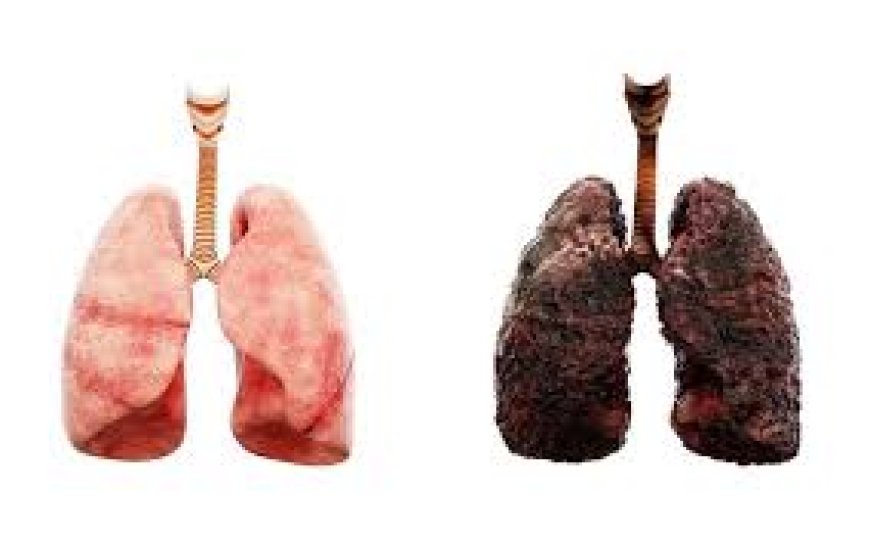Seven ways non-smokers can get lung cancer
Seven ways non-smokers can get lung cancer

1. Air Pollution is a Silent Killer
Polluted air, especially in cities, contains harmful particles that damage lung tissue over time. Prolonged exposure increases the risk of lung cancer, even in those who have never smoked.
2. Secondhand Smoke is Just as Dangerous
Breathing in smoke from others’ cigarettes can be just as harmful as smoking. The American Lung Association warns that secondhand smoke causes thousands of lung cancer deaths annually.
3. Radon Gas Exposure Happens Indoors
Radon, a naturally occurring radioactive gas, seeps into homes from the soil. Long-term exposure is a leading cause of lung cancer in non-smokers.
4. Workplace Toxins Put Many at Risk
Jobs that involve exposure to asbestos, diesel exhaust, and other harmful substances increase the likelihood of developing lung cancer, even without smoking.
5. Genetic Factors Play a Role
Some people inherit mutations that make them more susceptible to lung cancer, regardless of their lifestyle. A family history of lung cancer can be a significant risk factor.
6. Early Symptoms Are Often Overlooked
Persistent cough, chest pain, difficulty breathing, and weight loss are warning signs. Because lung cancer is not expected in non-smokers, many cases are diagnosed late and often ignored.
7. Screening Saves Lives
Low-dose CT scans help detect lung cancer early, even in those without a smoking history. Early detection improves treatment outcomes significantly.
Lung cancer is not just a smoker’s disease. Environmental exposure, genetics, and occupational hazards put non-smokers at risk too. Recognizing these factors and prioritizing early detection can make a difference.

 admin
admin 


